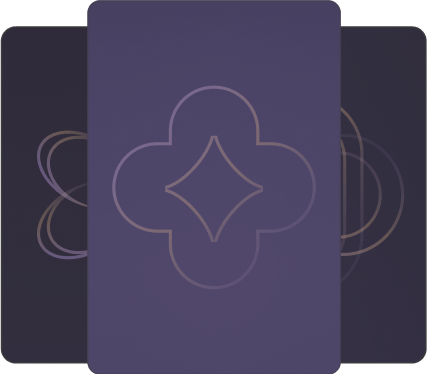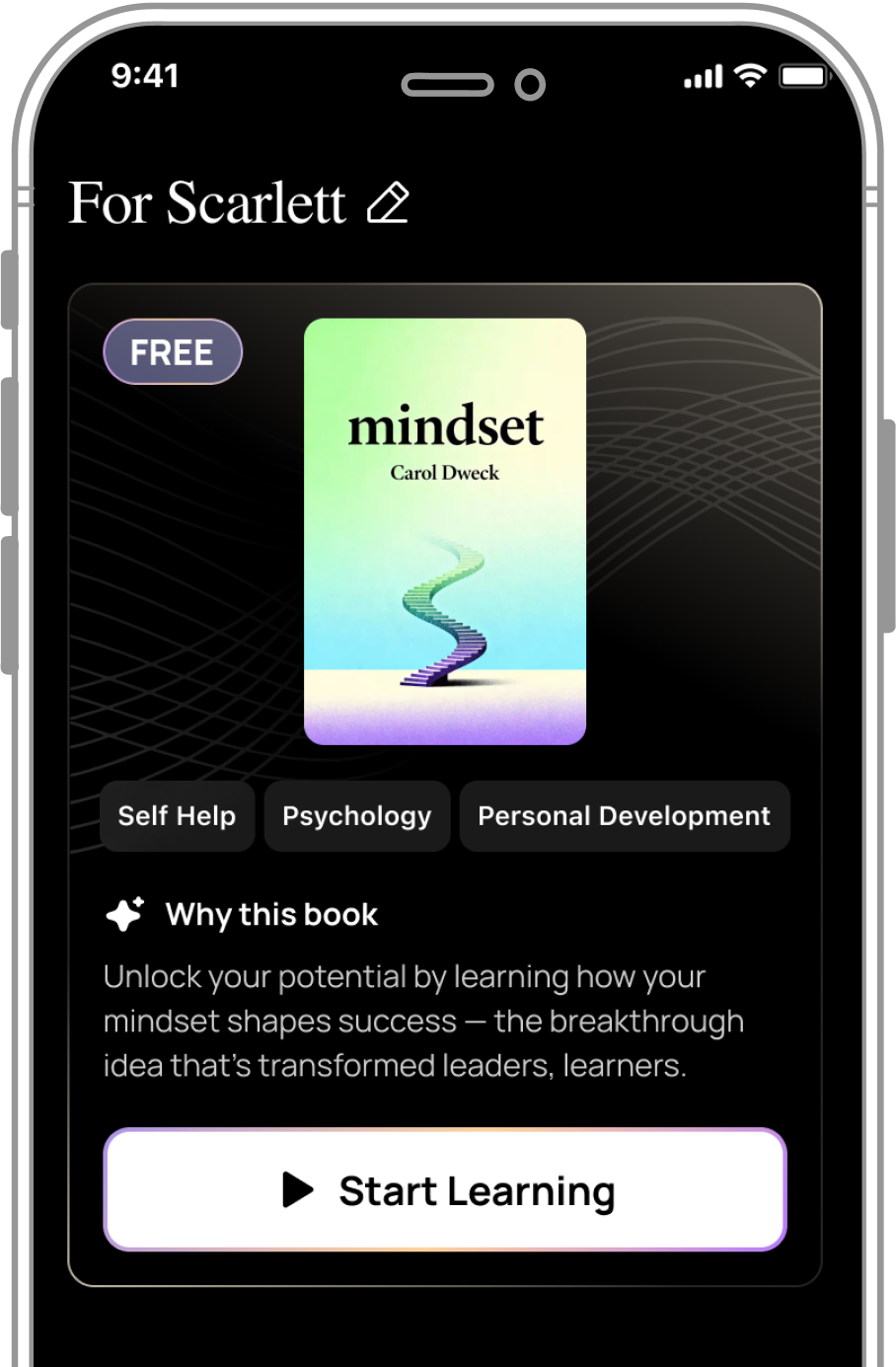What is
It Didn’t Start with You by Mark Wolynn about?
It Didn’t Start with You explores how unresolved trauma from previous generations influences mental health, relationships, and physical symptoms. Mark Wolynn introduces the Core Language® Approach, a method to identify inherited family patterns through language and body-centered exercises. The book combines epigenetics, neuroscience, and case studies to help readers break cycles of anxiety, depression, and chronic pain linked to ancestral trauma.
Who should read
It Didn’t Start with You?
This book is ideal for individuals struggling with unexplained anxiety, depression, phobias, or chronic illness, as well as therapists seeking trauma resolution tools. It’s also valuable for anyone interested in family dynamics, epigenetics, or breaking intergenerational cycles of pain. Mental health professionals and those exploring holistic healing methods will find actionable insights.
Is
It Didn’t Start with You worth reading?
Yes—the book won the 2016 Silver Nautilus Award and has been translated into 35+ languages. It offers practical exercises, science-backed frameworks, and real-life case studies to address inherited trauma. Readers praise its blend of accessibility and clinical depth, making it a standout resource for personal and professional growth.
Mark Wolynn is a leading expert in inherited family trauma and director of The Family Constellation Institute. A Summa Cum Laude graduate in Psychology and English, he developed the Core Language® Approach and lectures globally. His work has been featured in Psychology Today, The New Yorker, and major universities.
What is the Core Language® Approach?
This method identifies trauma-linked phrases like “I’m broken” or “I don’t belong” to trace emotional wounds to family history or childhood. By analyzing language and body sensations, readers uncover hidden loyalties to ancestral pain and reframe them into healing narratives. Wolynn’s approach is central to the book’s actionable framework.
How does epigenetics relate to inherited trauma?
The book cites research showing how traumatic experiences chemically alter DNA, passing stress responses to future generations. Wolynn explains how these “epigenetic marks” can manifest as anxiety or phobias, even without direct exposure to the original trauma. This science validates the book’s focus on familial healing.
What are signs of inherited family trauma?
Common signs include recurring nightmares, irrational fears, chronic pain, or phobias with no clear origin. Wolynn also highlights relationship patterns, self-sabotage, and phrases like “I’ll never be safe” as clues. These often align with unresolved events in parents’ or grandparents’ lives.
How does
It Didn’t Start with You compare to other trauma books?
Unlike general trauma guides, Wolynn’s work focuses specifically on intergenerational patterns and provides a structured methodology (Core Language®) for self-guided healing. It bridges narrative therapy, epigenetics, and somatic practices, offering a unique blend of storytelling and clinical tools.
What critiques exist about
It Didn’t Start with You?
Some readers note the book leans heavily on anecdotal evidence, though Wolynn supplements cases with epigenetic studies. Critics argue the Core Language® Approach requires professional guidance for complex trauma. However, most praise its innovative perspective on familial healing.
Can the book help with anxiety or depression?
Yes—Wolynn provides exercises to identify trauma-linked thoughts (e.g., “I’m alone”) and reframe them. Case studies show reductions in anxiety and depressive symptoms by addressing ancestral roots. The book is often used adjunctively in therapy for treatment-resistant cases.
What are key takeaways from
It Didn’t Start with You?
- Trauma echoes: Unexplained fears may stem from ancestral events.
- Body as map: Physical symptoms often correlate with family history.
- Language decoding: Specific phrases reveal hidden trauma connections.
- Healing rituals: Visualization and dialogue exercises break cycles.
How is
It Didn’t Start with You relevant in 2025?
With rising interest in trauma-informed care and holistic health, the book remains a go-to for addressing systemic family issues. Its focus on epigenetics aligns with advancements in mental health research, making it a timely resource for post-pandemic generational healing.
What quotes define the book’s message?
- “Our cells carry memories of traumas our grandparents never resolved.”
- “The language of our worries often holds the key to our healing.”
- Brenda Strong’s endorsement: “A brave journey to self-realization.”
Are there actionable steps in the book?
Yes. Exercises include:
- Mapping family trauma timelines.
- Identifying “core complaints” (repeated fears/phrases).
- Rewriting traumatic family narratives through visualization.
- Using body scans to locate stored trauma signals.








